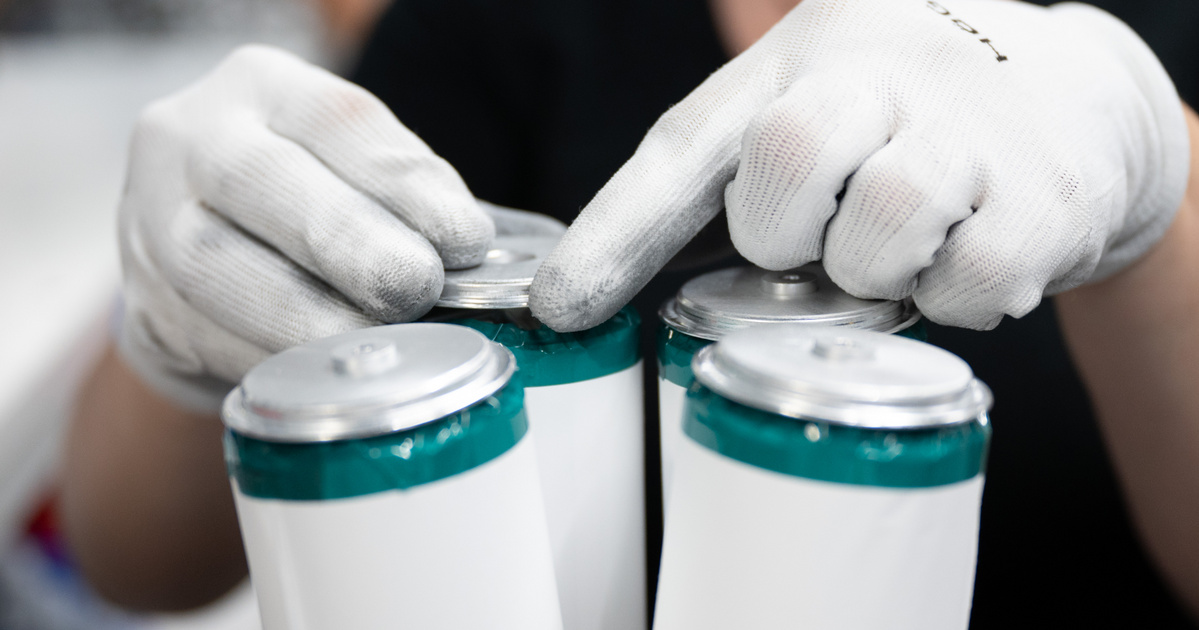By mapping the movement of ions, the University of Colorado colleagues have taken a major step toward a breakthrough in using more efficient supercapacitors.
Supercapacitors are electrical charge storage devices that can capture and release charges very quickly. A major limitation to its application is that its energy density is much lower than its main competition in terms of energy storage and rechargeable lithium-ion batteries. The latter can store ten times more energy than today's supercapacitors, which are also very expensive.
The new generation of cheaper supercapacitors with better capacity will be of great benefit in distributing load waves in electrical networks, on a smaller scale in elevators or electric cars. One of the main problems facing contemporary electric cars is that it takes a long time to charge their batteries. Apart from that, they cannot recharge the energy generated during braking back to the battery at unlimited speed. A usable supercapacitor can give a significant boost to regeneration efficiency of just over 20 percent.
In China, in Shanghai, Hong Kong, and a little closer in Belgrade, there is a trolleybus line that uses batteries instead of batteries
Supercapacitors recharge when stopped
They give the engine power. It is worth noting here that a lithium-ion battery can handle a few thousand charging cycles, depending on how it is treated, while charging cycles for supercapacitors start at half a million.
Batteries use chemical reactions to move electrons. Supercapacitors store charge like a kind of sponge without interactions. In a salt solution, for example, positively and negatively charged ions move, and depending on the charge, the cavities of the sponge absorb ions with opposite charges.
According to our scientific knowledge, the capacitance of a capacitor can be increased if the surface of the material is as large as possible compared to its size. Nowadays, a nano-cavity material, weighing 10 grams and having a surface area of 20 thousand square meters, is also known. For the past 20 years, they have tried to figure out how ions move in the cavities of matter and how their movement can be improved.
Traffic planning
Engineers at the University of Colorado worked to develop this sponge further. Ankur Gupta, who led the researchers, had previously conducted research on porous materials used in water purification.
According to Gupta, such materials have not been adequately researched despite the significant civilizational impact their active application can have.
In the new fundamental research, Kirchhoff's laws were used to detect ion transport. These laws were created by German physicist Gustav Kirchhoff in 1845 to describe how circuits work. According to the first law, where there is a junction in a circuit, the sum of the currents leaving it is equal to the sum of the currents entering it. According to the second law, the sum of the potentials signed in a closed loop is zero. Electrons move in an electromagnetic field, but ions without an electromagnetic field. The researchers from Colorado used the electrochemical potential of the ions as a basis for describing the path taken in the pore.
With the help of research, it was possible to learn more about the behavior of hollow materials. For example, it has been found that junctions in cavity systems slow down the flow of charges, and thus the charging rate and energy release of a capacitor that can be built from the material.
Our framework speeds up calculations by six orders of magnitude without sacrificing accuracy
They wrote.
The result opens a new way to develop better supercapacitors made of more efficient materials. According to the researchers, the future belongs to flexible and biodegradable energy storage that can be created using 3D printing.
(Conversation, Interesting geometry, Phys.org, University of Colorado)














































